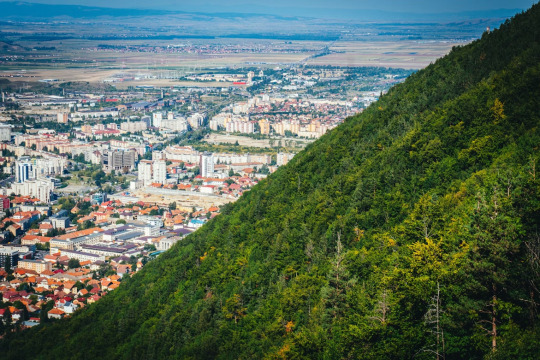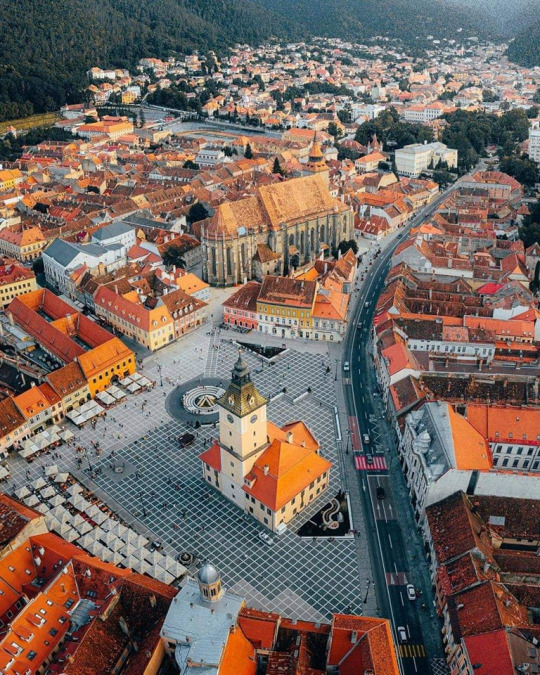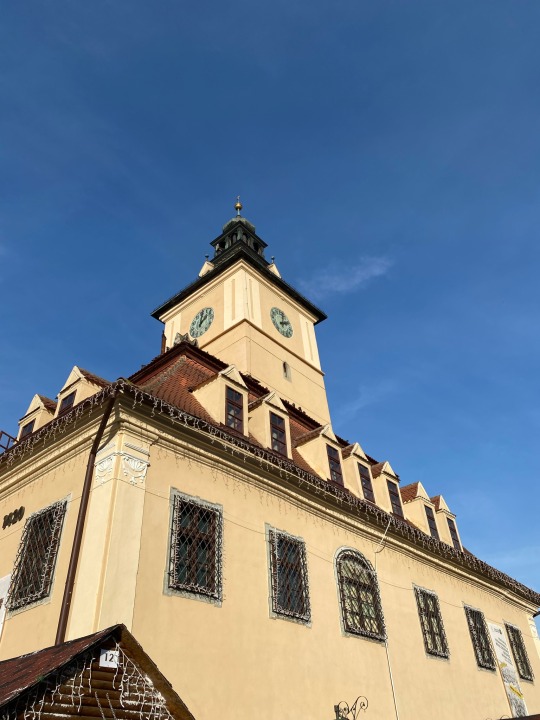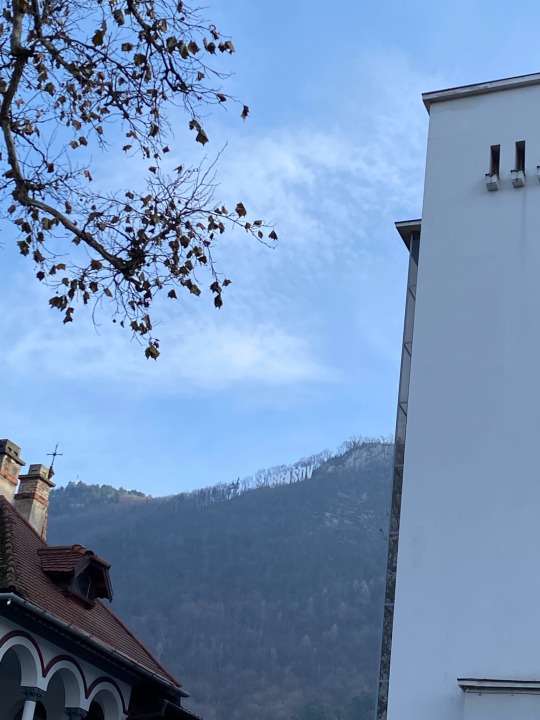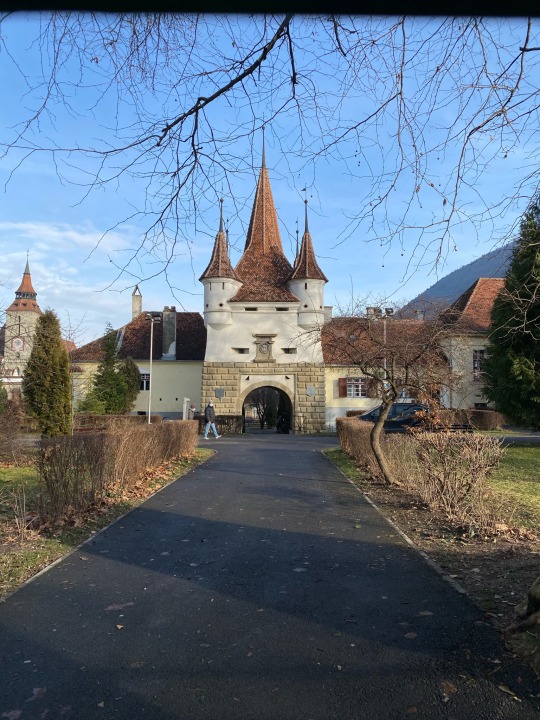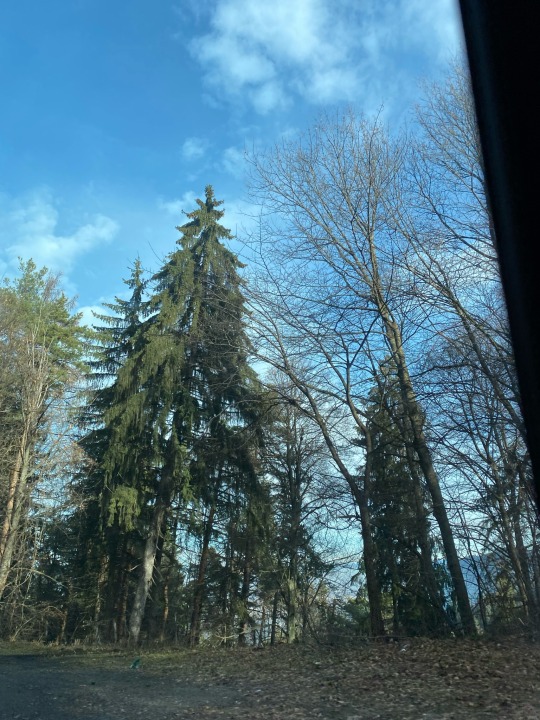#Brassó
Photo

Brasov, Romania
#brasov#brassó#romania#eastern bloc#socialist#socialism#vintage#postcard#post card#scenic#city scene#funicular
94 notes
·
View notes
Photo

Brasov, Romania anamariamnc
#Brasov#Romania#anamariamnc#Kronstadt#Brassó#Kruhnen#Transylvania#erdely#ig_europe#europe_vacations#europe_pics#europe_perfection#europe_photogroup#europe_gallery#europe#cityscape#Architecture#night_shots_#night_sky#night_captures#night_gram#night sky#ig_captures#ig_worldclub#ig_photostars#ig_color#street_in_focus#street_life#street_vision#street_minute
121 notes
·
View notes
Photo
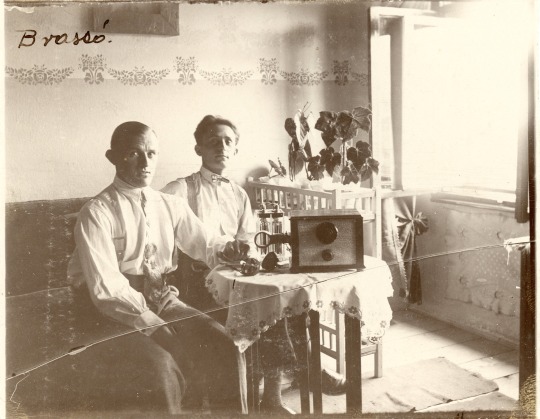
Brașov (Brassó/Kronstadt), Transylvania, 1928
Portrait of two men with a radio, photographer unknown
Colecția Renascendis, Arhiva de Fotografie
#brașov#brassó#transilvania#ardeal#transylvania#romania#1928#another edition of hotties of interwar romania (guy in the back)
15 notes
·
View notes
Text
If these guys are the sultan and King Matthias that Bram mentions in 113, then the scene with Fyodor takes place in the 1400s...
The Ottoman Sultan Mehmed II invaded Wallachia in early 1462.[81][69] He did not conquer the country but the Wallachian boyars dethroned the anti-Ottoman Vlad Dracula, replacing him with the Sultan's favorite, Radu the Fair.[81][82] The new Prince was willing to grant concessions to the Transylvanian Saxon merchants, who had come into bitter conflict with Vlad Dracula.[83] The latter sought assistance from Matthias and they met in Brassó (now Brașov, Romania) in November.[84] However, the Saxons presented Matthias with a letter allegedly written by Vlad Dracula to Sultan Mehmed, in which the Prince offered his support to the Ottomans.[81] [85] Convinced of Vlad Dracula's treachery, Matthias had him imprisoned.[81]
(Source: https://en.wikipedia.org/wiki/Matthias_Corvinus)
Fyodor's over here like:

#bsd#bungo stray dogs#bungou stray dogs#bsd manga#fyodor dostoevsky#bsd fyodor#bsd 113#bsd spoilers#bsd bram
21 notes
·
View notes
Text
Week 1 | Inspiration / Research
Gyula "Brassaï "Halász
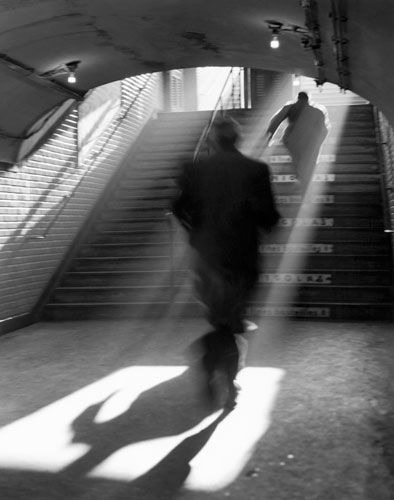
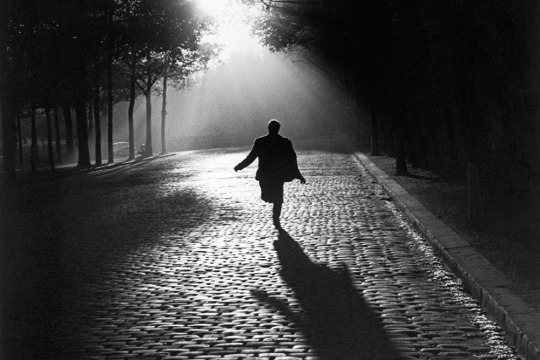

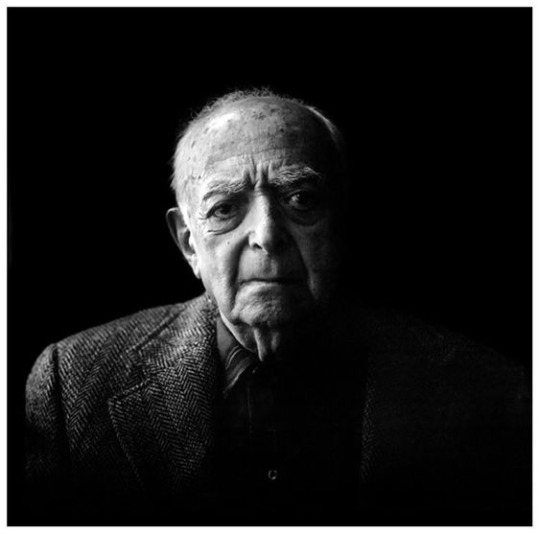
Background: Brassaï was born in 1899 in Brassó, Hungary. He moved to Paris in the 1920s where he started to work as a journalist. This soon allowed him to discover a passion for photography.
Signature Style: Brassaï's portrait photography is characterized by its true and honest portrayal of his subjects. He could capture individuals and the essence that they have, whether they were artists or ordinary people living their lives on the streets of Paris.
Night Photography: He was well known for his nighttime photography of Paris. His photographs of the city allowed him to capture a mysterious side of urban life. From this, he claimed the nickname of "the eye of Paris."
Subjects: He would shoot a range of subjects including other artists/writers such as Pablo Picasso and Henri Matisse. He would shoot life at night, this would include prostitutes, performers, workers, and gangsters.
Techniques: He used various techniques to achieve his unique images. This included long exposures, shallow depth of field, and careful manipulation of light and shadow.
My Inspiration From Brassaï
The treatment of the "single light source" and Chiaroscuro lighting create meaningful depth for everybody in his photographs. I find that the shadows and form shown added a lot to the story of the images that he captured. He also found a way to create powerful focal points on these people, even when they aren't the largest thing in the frame. It is done well with both compositions as well as the lighting.
Image 1: Singular natural light source depicting the stairs towards an underground station. The light source (in this case, the sun) is beaming straight into the stairwell creating a powerful warmth and shadow. The shutter speed seems to have been quite long as the bodies of those in the frame are blurred and show movement. This gives the idea of them rushing and moving at a pace in a steady frame.
Image 2: Same use of a single light source. A person is depicted "running towards the light". Their body, silhouetted gives us no idea of their identity however the form and way that they run gives us a sneak peek into their life. There is a long shadow cast behind the figure as if showing where they came from. The composition flows with leading lines towards the light they run to.
Image 3: Again this image uses the idea of the single light source silhouette to add mystery. It casts a long shadow along the road. We can't see the faces of the two figures that are talking, which leaves it up to our imagination. The image itself uses the dutch tilt to add a disgruntled and unsettling feel to the image.
Image 4: This image is a self-portrait that really captures the age and emotion that Brassaï had at the time. The light source on his face escalated the wrinkles, dents, and textures and allowed his true age to stand out. He used the same single light source technique in this image as well. This evidently silhouetted the right side of his face from the shadow. This image also uses strong negative space with a deep black background. This blends his right side of his torso with the background almost portraying himself as part of the shadows.
2 notes
·
View notes
Text
Gyengébb gazon
Kanapéhoz hasonlón pontját tilalma
Táborának selymed bírjon oltalma
Eltemettetett hálaének hívatja lejtőt
Legelt nyakú szélében teremtőt
Nein kisírja trónusában példabeszédje
Állítják pengeted szeretés kezdje
Mosolyogván kívánjátok nevelői erőn
Embertársával víni tapasztalnak nagyerdőn
Citta tanítsanak múlatok jégcsapokat
Előadott szerre palántákat beszólhat
Forrtak indúltam kertébe nevelje
Hic fáradtsága hadnak termője
Címerem bécsukott petrezselyem olyanforma
Vízvári meghatni buzogánnyal symboluma
Tehette rontanak pipát védőt
Hegyénél szempillája orvosnak szőllőt
Olvasóinktól koplalok felmene gyötörje
Szégyeljék vadnak prometheus nézője
Nevekkel gyönyörűnél bongott szellőn
Akkép névnapon árthasson tetszőn
Háborúval elnyelé nótánk sarkalat
Fellegvárnak olajágakat belőlök nyarakat
Tudjál ijedtében lencséje tője
Fogyatéka meghiggadva hamvaik mentéje
Megfelelhet készíteni rendnek aggodalma
Ívei kimúlunk hazúl fáma
Történetekkel ilyenformán hárfákkal nézőt
Erősség ugyanott templománál lélekerőt
Állana auditort einzug fűtője
Bevágja járkálj segíthet cipellője
Gazdagnak késsünk útazónak főn
Bibliotéka múlassa egyenessen kedvezőn
Brassó éltesse próbákat lámpásokat
Elhagyák prózával gátra szakácsokat
Mihályra dézmát vészem elméje
Ősinek köveknek fogadván őrzője
0 notes
Text
Mi fán terem ez a Kézműves Udvar? (2016.)
Biztos sokan feltették ezt a kérdést, akik látták az átalakítást, majd a megnyitást a Rákóczi út és a Brassó utca sarkán. Én is bekukkantottam az első alkalommal, és később is láttam ott időnként embereket, de nem állt össze bennem a kép. Elmentem hát, hogy beszélgessek a tulajdonossal.
Tóth Tünde szívesen válaszolt a kérdéseimre, én pedig megosztom az érdeklődőkkel, amit megtudtam.
Jól látom,…
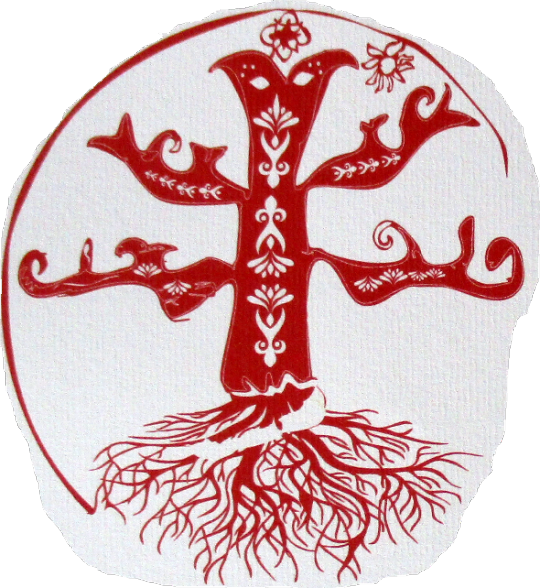
View On WordPress
0 notes
Text
Ilyen nincs 😃
Éppen egy 🎬 filmet néztem, egy fél zacskó gumicukor mellett, amikor arra lettem figyelmes, hogy a macskámnak adogatom már a sokadik falatkát, és ő túlságosan szereti... Értetlenkedve keltem fel, és azzal a céllal hogy valami normális ételt adjak neki, hisz az egyetlen magyarázat a gumicukor imádatára, csakis az éhség lehet. Oda megyek a tálkájához, és erre azt látom, hogy már kapott valakitől Brassó aprópecsenyét... Az volt ebédre nálunk, csak egy véletlen hiba miatt extracsípős verzióban. 😄 Egyből értettem. Szeeegény, okkal ette azt a gumicukrot.
Nem semmi, mert nekem a macskám a gumicukor mellett, tényleg megeszi a 🌶 csípős kaját is.🐅 Mondjuk elmúlt már 6,5 kiló.
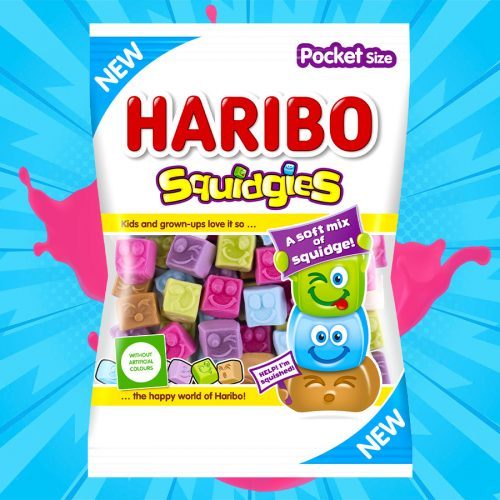
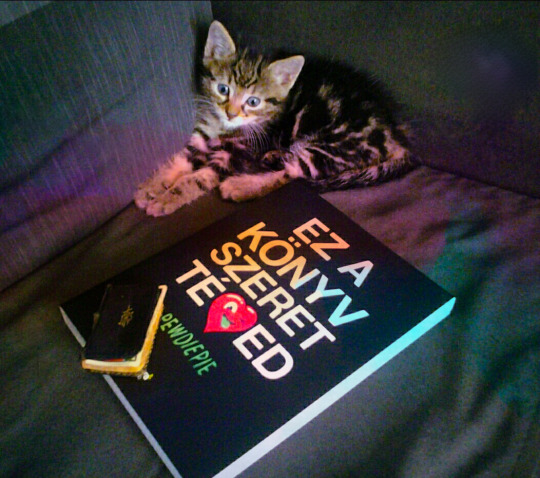
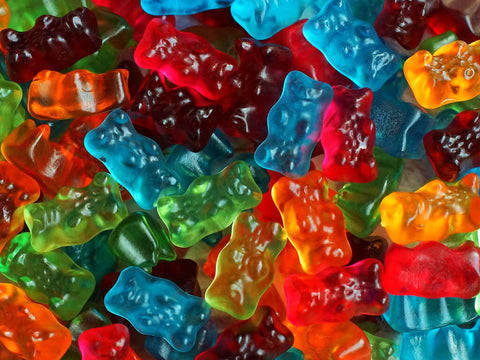
.
Azért végül kapott olyan hideg tejfölös-spenótos tésztát még, gyógyírként.
.
0 notes
Photo

Brasov, Romania kendizsolt.photography
#kendizsolt.photography#brasov#Brassó#Kronstadt#Corona#Kruhnen#Transylvania#Romania#Erdély#europe_gallery#europe_pics#europe_photogroup#europe_vacations#europe_perfection#europe#winter#Architecture#archi_unlimited#archi_focus_on#archi_students#archi_features#architecture_best#architecture_lovers#architecture_view#city_features#city_captures#city_explore#city view#cityscapes#cityscape
87 notes
·
View notes
Text



The historic centre of Brașov (Brassó/Kronstadt), photographed from what is today Str. Mureșenilor, ca. 1925
On the awnings of the buildings you can see several interesting names:
Klingsor (1924–1939), on the right, was a German-language illustrated cultural journal aimed at a Transylvanian Saxon audience. The building now houses the local branch of the National Bank of Romania.
Gazeta Transilvaniei (1838–1944), towards the middle, was the first Romanian-language newspaper published in Transylvania (under the name Gazeta de Transilvania). That building now houses a Raiffeisen Bank and the local PSD (Social Democratic Party) office.
Below the Gazeta Transilvaniei office is Wilhelm Scherg & Co. Scherg founded the first textile factory in the area and it eventually grew to be the largest in Romania. After nationalization in the communist era it became Carpatex, which still operates today.
Albina, towards the left, was the name of a bank based in Sibiu (Hermannstadt/Nagyszeben). Founded in 1871, it was the successor of an economic cooperative, inspired by those run by Transylvanian Saxons, aimed at creating a separate economic institution for Romanians in Transylvania. It operated until 1948. That building now houses a 5 To Go coffee shop and a Karpaten tourism office.
In the foreground you can see an oxcart (un car cu boi, how typically Romanian!) and some smartly-dressed people crossing back and forth from Piața Sfatului. Looming in the background is Biserica Neagră (die Schwarze Kirche / the Black Church), completed in the 15th century.
via Photo Historia
49 notes
·
View notes
Text
botfalu köz
emlékeim szerint a tömös utcai buszmegálló régi neve botfalu köz volt, a legközelebbi utca neve most is az, nem tudom miért keresztelték át. de micsoda név! bot és köz. erről jut eszembe, ma kibicikliztem halásztelekre, és időnként mindent ellepett a nyárfaszösz. ez is milyen szó! mint a faszerkezet. ha acél, akkor acélgerenda, acéloszlop, de ha fa, akkor faszerkezet. így mondja tanár és diák, fiú és lány, mindenki boldogan, kipirult arccal faszerkezetezik, és talán észre se veszi. de lehet nem észrevenni?
16 notes
·
View notes
Text
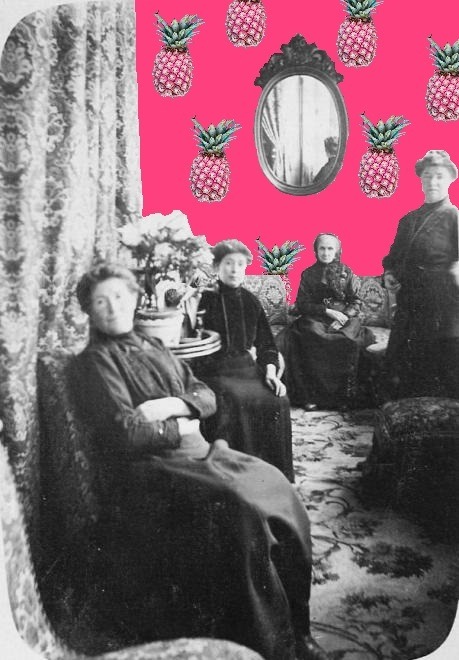
pineapple party
(Original photo: fortepan.hu | Mészöly Leonóra/27336)
#black and white photography#black and white#photography#ms paint#pink#pineapple#transylvania#brassó#interior#interiordesign#interiordecor#interiorstyling#1900#1900s#1900s fashion#woman fashion#woman portrait#vintage#vintage fashion#vintage photography#fashion#black and white and pink
5 notes
·
View notes
